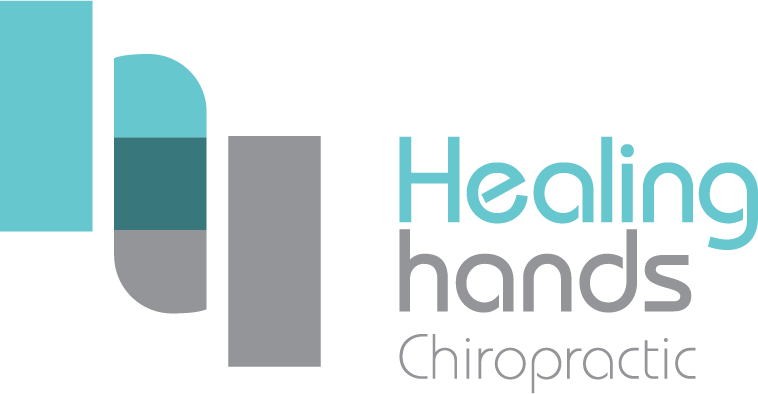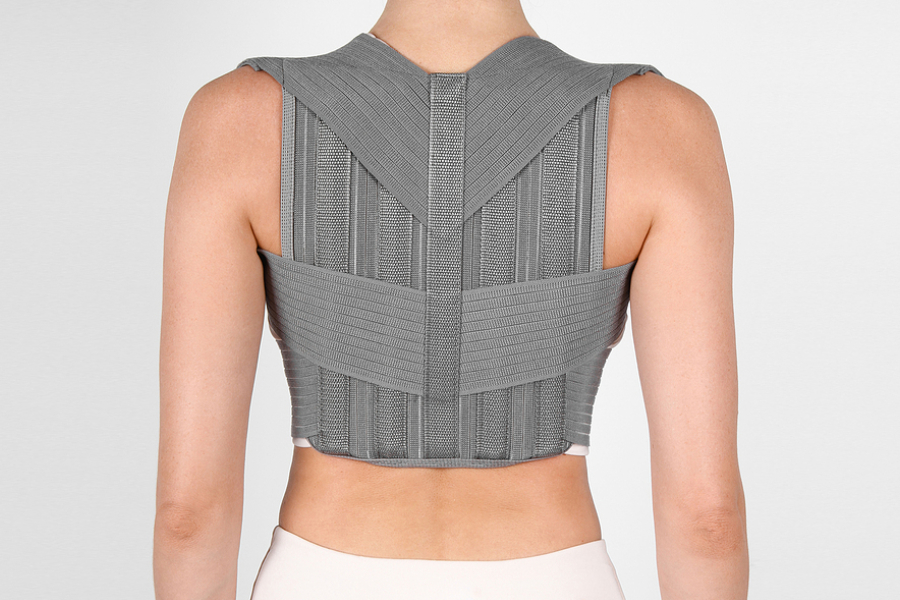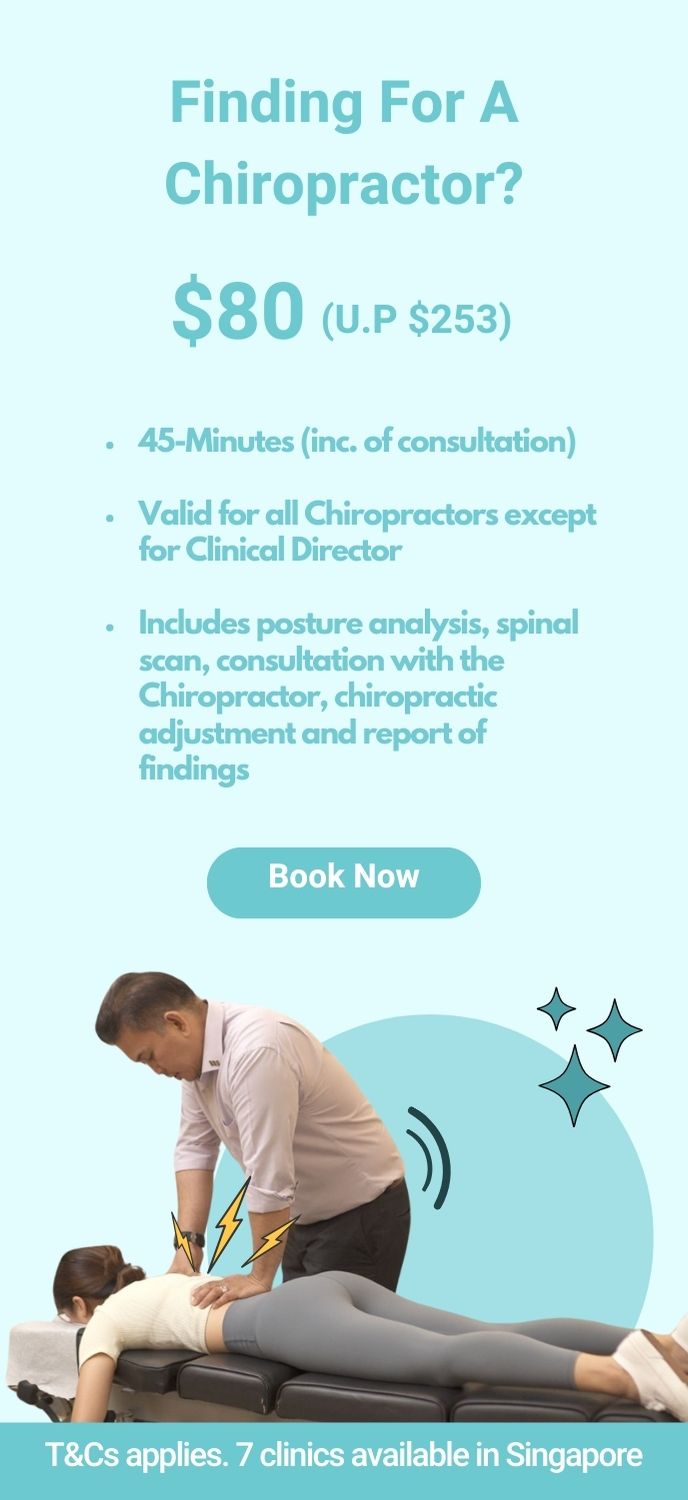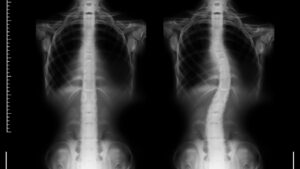Neck pain is a common ailment affecting millions worldwide, often stemming from poor posture habits exacerbated by modern lifestyles. In search of relief, many turn to posture correctors, devices designed to realign the spine and alleviate strain on neck muscles. But do these correctors truly deliver on their promises?
Let’s delve into the science behind posture correctors and their effectiveness in addressing neck pain.
Understanding neck pain
Before delving into posture correctors, it’s crucial to grasp the root causes of neck pain. Sedentary lifestyles, prolonged sitting, improper desk ergonomics, and repetitive motions all contribute to poor posture, leading to muscular imbalances and strain in the neck and upper back. Additionally, injuries, stress, and underlying medical conditions can exacerbate discomfort, further compromising spinal alignment and exacerbating pain.
The role of posture correctors
Posture correctors, ranging from simple braces to advanced wearable devices, aim to correct alignment issues by providing external support to the spine and shoulders. By gently pulling the shoulders back and aligning the spine, these devices theoretically encourage proper posture, relieving strain on the neck and promoting muscular balance.
Do they deliver on their promises?
While posture correctors may offer temporary relief and serve as a reminder to maintain better posture, their long-term effectiveness is a subject of debate among healthcare professionals. While some studies suggest that posture correctors can improve posture and reduce pain in the short term, others argue that they may weaken the muscles over time, leading to dependency and potentially worsening the underlying issue.
The importance of exercise and rehabilitation
Posture correctors should not serve as a standalone solution for neck pain. Instead, they should complement a comprehensive approach that includes targeted exercises, stretching, and ergonomic adjustments. Strengthening the neck, shoulder, and back muscles through targeted exercises can improve posture and alleviate strain, addressing the root cause of neck pain rather than merely masking symptoms.
Choosing the right posture corrector
Not all posture correctors are created equal, and finding the right one for your needs is essential. Seek guidance from a healthcare professional or physical therapist to ensure that the device you choose is suitable for your specific condition and aligns with your rehabilitation goals. Additionally, prioritise comfort and ease of use to ensure compliance and long-term effectiveness. Remember, the right sitting posture is also crucial for maintaining spinal health and preventing discomfort, so complement the use of a posture corrector with ergonomic seating adjustments.
The verdict
While posture correctors may offer temporary relief and serve as a helpful tool in promoting better posture, they should be viewed as part of a holistic approach to neck pain management rather than a standalone solution. Incorporating targeted exercises, ergonomic adjustments, and lifestyle modifications is crucial for long-term relief and prevention of recurrence.
Conclusion
In the quest for effective neck pain treatment in Singapore, posture correctors can be a valuable tool when used in conjunction with targeted exercises and rehabilitation strategies. Chiropractic services play a crucial role in this holistic approach, offering personalised care that addresses the root causes of musculoskeletal issues.
Chiropractors at Healing Hands Chiropractic employ a variety of techniques, including spinal adjustments, soft tissue therapy, and ergonomic advice, to alleviate pain and improve overall function. To explore these comprehensive solutions for neck pain management, reach out to Healing Hands Chiropractic today.



